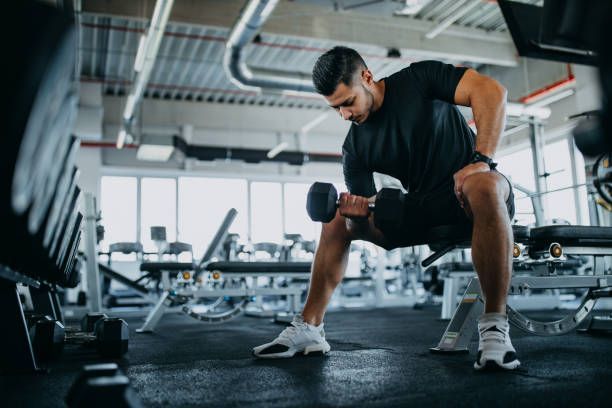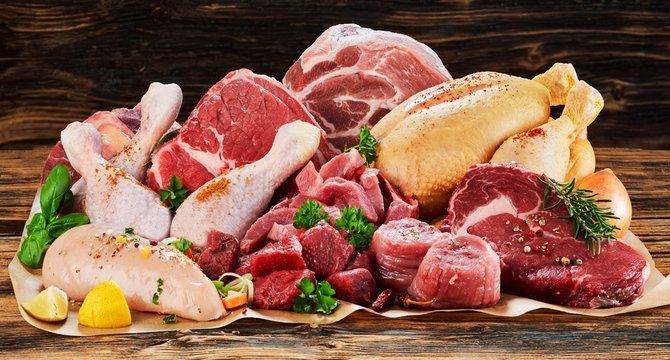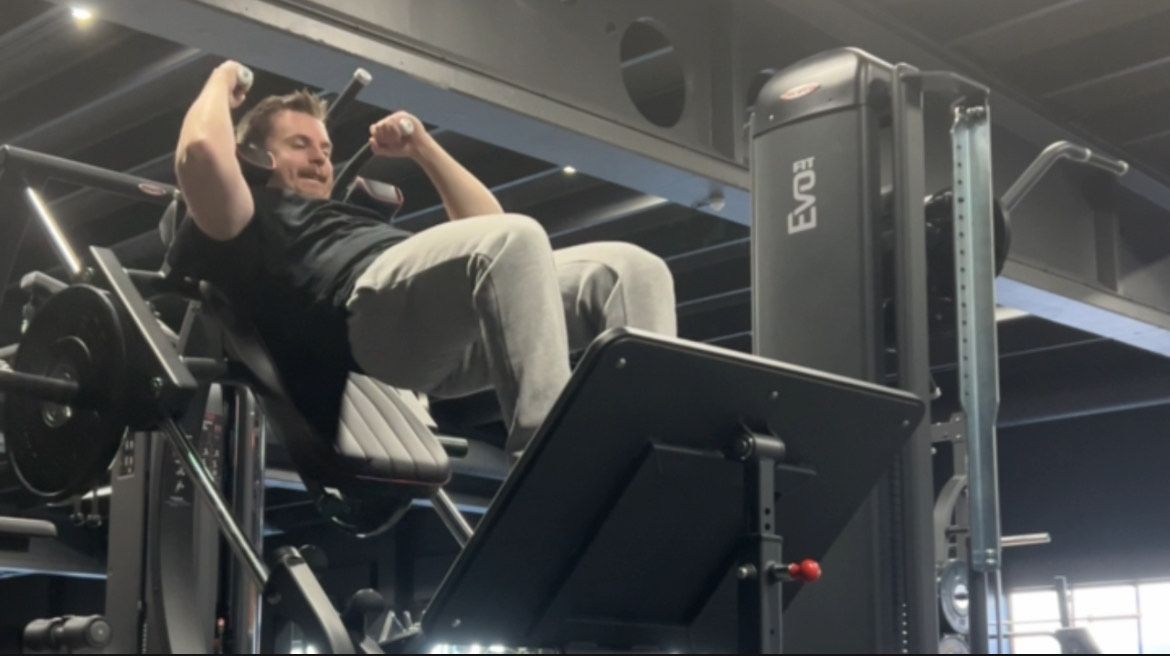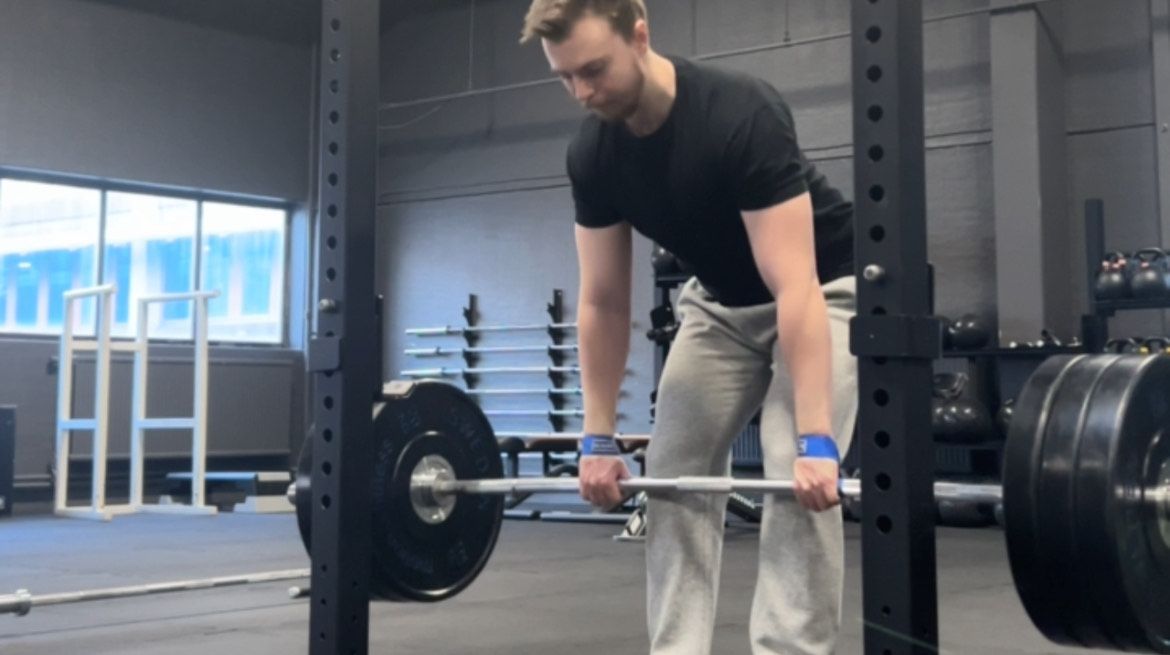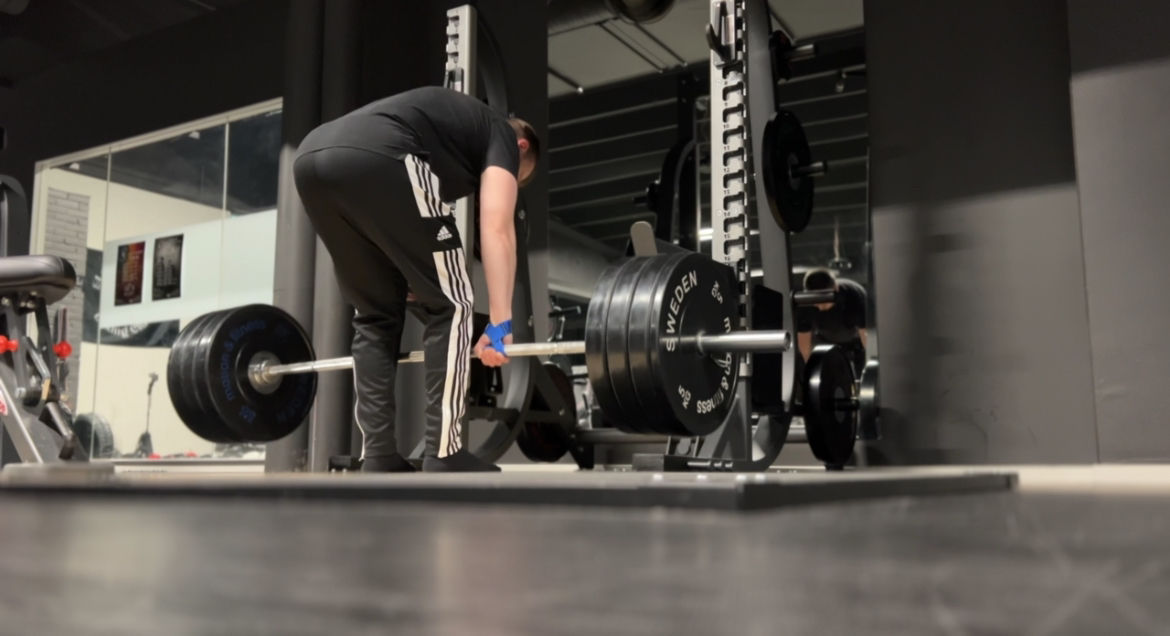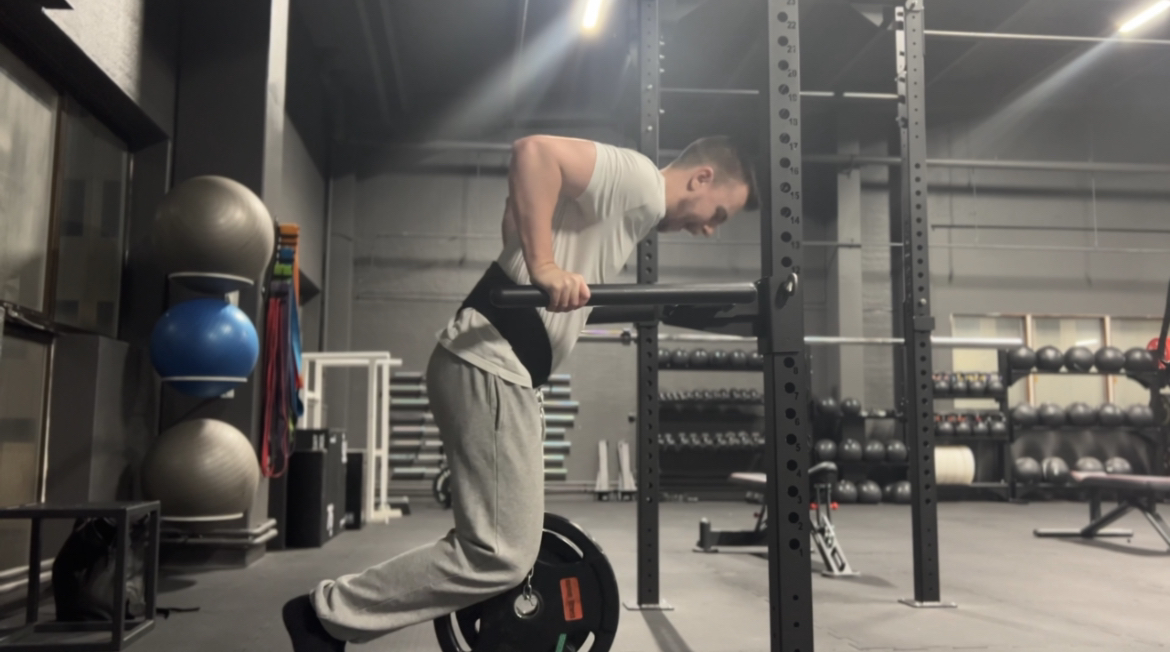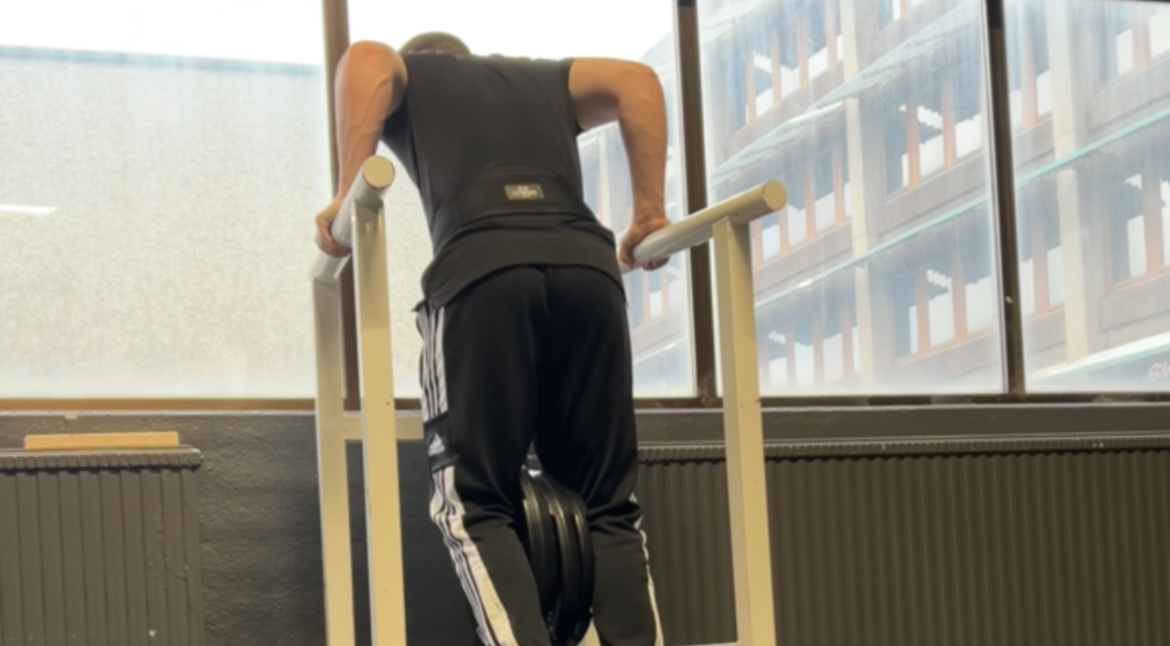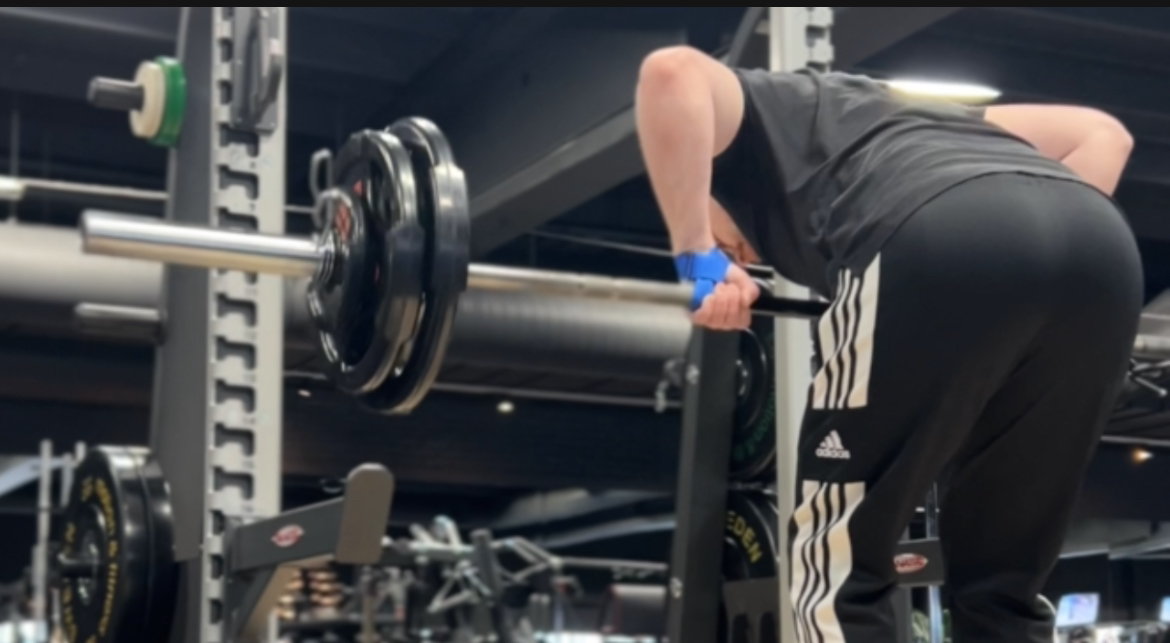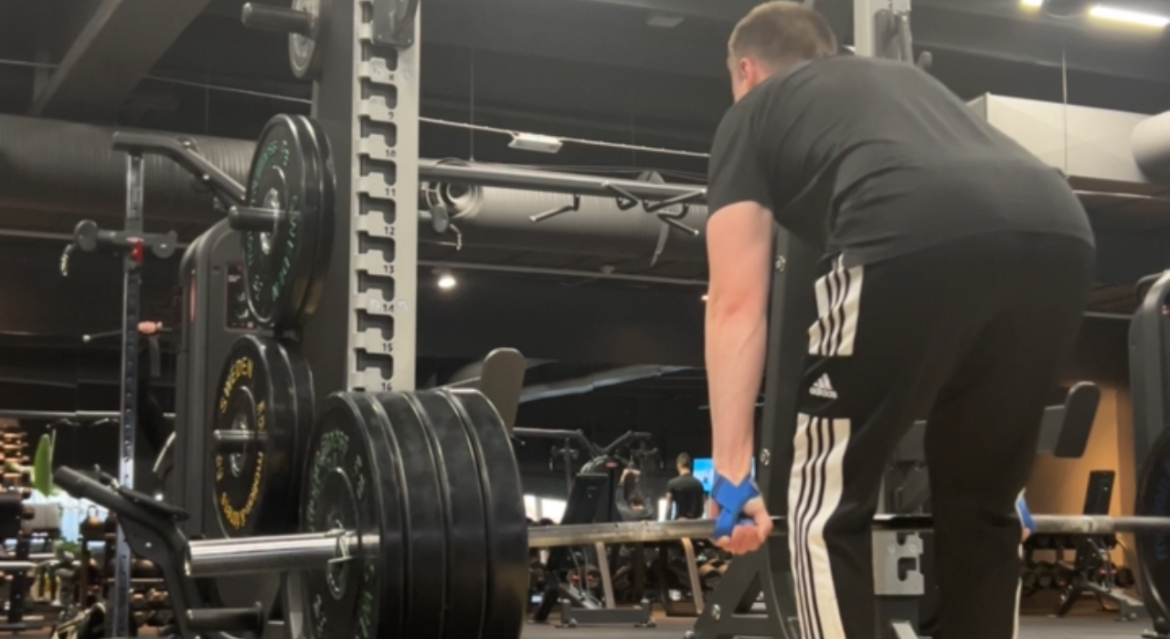Rdl vs deadlifts
Which one is the best?
When it comes to building strength, muscle mass, and overall athleticism, deadlifts are among the most effective exercises. However, not all deadlifts are the same. Two popular variations—the Conventional Deadlift and the Romanian Deadlift (RDL)—serve different purposes and target muscles in slightly different ways. Understanding the differences between these two exercises can help you choose which is best for your goals and how to incorporate both into your training program effectively.
Deadlift vs. Romanian Deadlift: Key Differences
While both exercises involve lifting a weight from the ground using a hip hinge movement, they differ in terms of technique, muscle activation, and overall purpose. Here is a breakdown of each exercise:
1. Conventional Deadlift
The conventional deadlift is often considered the "king of lifts" due to its effectiveness in building total-body strength. It involves lifting a barbell from the floor to a standing position.
- How to Perform:
- Stand with your feet hip-width apart and your shins close to the barbell.
- Hinge at the hips and bend your knees slightly to grab the bar with a grip slightly wider than shoulder-width.
- Keep your back flat, chest up, and shoulders slightly in front of the bar.
- Engage your core and drive through your heels, extending your hips and knees simultaneously to lift the barbell off the ground.
- Stand tall at the top with your shoulders back and chest up.
- Lower the bar back to the ground in a controlled manner by hinging at the hips and bending the knees.
- Muscles Targeted:
- Primary: Glutes, hamstrings, lower back (erector spinae).
- Secondary: Quadriceps, upper back, traps, core, and forearms.
- Benefits:
- Total-Body Strength: Deadlifts engage nearly every muscle group, making them an excellent choice for overall strength and muscle development.
- Functional Movement: The conventional deadlift mimics many real-life lifting scenarios, enhancing functional strength.
- Core and Posterior Chain Development: A strong lower back, glutes, and hamstrings contribute to improved posture and athletic performance.
- Common Mistakes:
- Rounding the lower back during the lift.
- Letting the bar drift too far from the body.
- Not engaging the core properly, leading to potential injury.
2. Romanian Deadlift (RDL)
The Romanian Deadlift is a variation that places more emphasis on the hamstrings and glutes while minimizing knee flexion. It’s often used to isolate the posterior chain muscles and improve the deadlift form.
- How to Perform:
- Start with the barbell at hip height, feet hip-width apart.
- Hold the bar with an overhand grip (or mixed grip), and stand tall with a slight bend in the knees.
- Hinge at the hips while keeping your spine neutral and pushing your hips back. Keep the bar close to your body as it lowers.
- Lower the barbell until you feel a stretch in your hamstrings (usually just below the knees).
- Engage your glutes and hamstrings to reverse the movement, driving your hips forward to return to the starting position.
- Muscles Targeted:
- Primary: Hamstrings, glutes, lower back (erector spinae).
- Secondary: Upper back, forearms, and core.
- Benefits:
- Hamstring and Glute Isolation: RDLs place more emphasis on the hamstrings and glutes, making them ideal for targeting these muscles.
- Improves Hip Hinge Mechanics: The RDL helps lifters learn and practice the hip hinge pattern, which is essential for other exercises like deadlifts, squats, and kettlebell swings.
- Strengthens the Posterior Chain: Strong hamstrings and glutes are crucial for athletic performance, injury prevention, and overall lower body strength.
- Common Mistakes:
- Excessive rounding of the lower back.
- Bending the knees too much (turning it into a regular deadlift).
- Lowering the barbell too far, leading to strain on the lower back.
Comparing the Two: Which One is Better for You?
Both the conventional deadlift and the Romanian deadlift have their unique benefits and are valuable in a well-rounded strength training program. The choice between the two depends on your specific fitness goals, experience level, and any potential limitations or injuries.
1. For Strength and Power Development: Conventional Deadlift
- Best For: Athletes and lifters looking to build overall strength and power. The conventional deadlift recruits more muscle groups and allows you to lift heavier weights, making it ideal for increasing total body strength.
- Benefits: It is excellent for developing core stability, improving posture, and enhancing real-world lifting ability.
- When to Use: Include conventional deadlifts as part of your heavy lifting or power training days. They can be performed 1-2 times per week, focusing on lower rep ranges (3-5 reps) for maximum strength.
2. For Muscle Isolation and Hypertrophy: Romanian Deadlift
- Best For: Those looking to isolate the hamstrings and glutes or improve their hip hinge mechanics. The RDL is also a great option for those who want to minimize lower back strain while still targeting the posterior chain.
- Benefits: Helps in strengthening the hamstrings, which is beneficial for reducing the risk of injuries, especially in sports involving running and jumping.
- When to Use: Romanian deadlifts can be included in leg or posterior chain-focused workouts, usually 1-2 times per week, using moderate weights and higher reps (6-12 reps) to focus on hypertrophy and endurance.
How to Integrate Both into Your Routine
Both exercises can complement each other in a comprehensive strength training program. Here’s how to integrate them:
- Start with Conventional Deadlifts: Perform conventional deadlifts at the beginning of your workout when you are fresh and can lift heavy weights. This exercise will build overall strength and power.
- Follow Up with Romanian Deadlifts: After your heavy compound movements, perform Romanian deadlifts with a lighter weight and higher reps. This will help you focus on form, reinforce the hip hinge pattern, and isolate the hamstrings and glutes for muscle growth.
- Periodization: Consider alternating between phases where you focus more on conventional deadlifts (for strength and power) and phases where you emphasize Romanian deadlifts (for hypertrophy and technique improvement).
Conclusion
Both the Conventional Deadlift and the Romanian Deadlift are exceptional exercises that can help you build strength, muscle, and overall athleticism. The key is to understand their differences and use them strategically based on your goals. Incorporating both into your routine can provide a balanced approach to strength training, ensuring comprehensive development of the posterior chain and overall body strength. Whether you're aiming to lift heavier or build a strong and balanced physique, deadlifts should be a staple in your training program.

